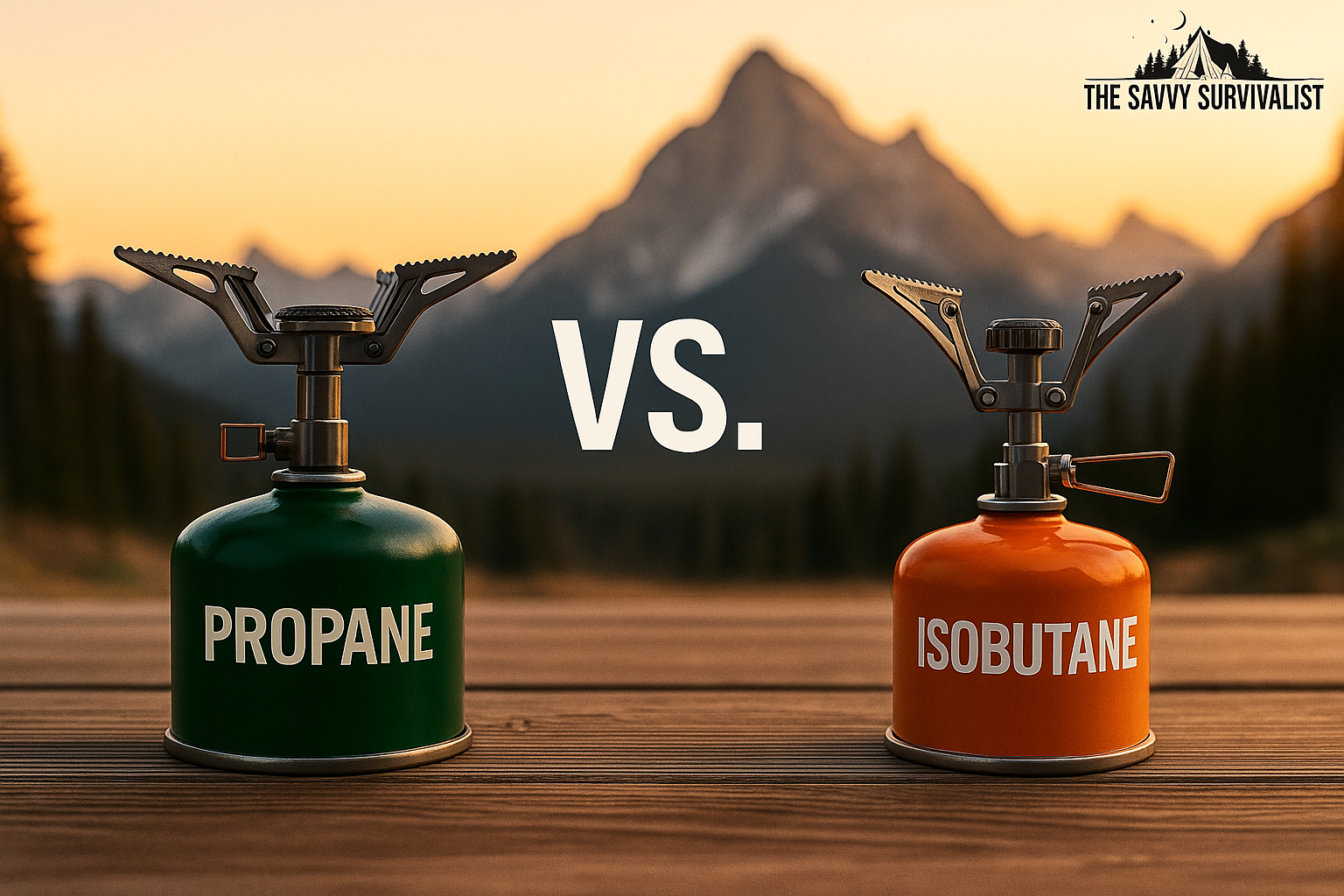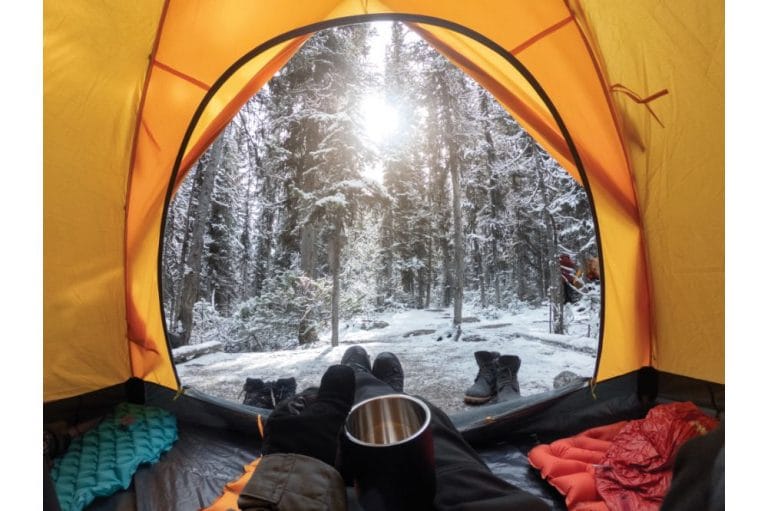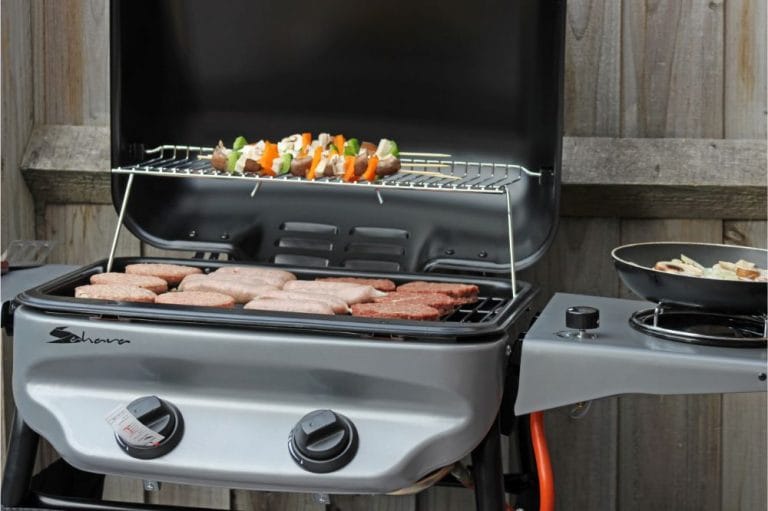Propane vs Isobutane Backpacking Stoves: Which Fuel Wins in 2025?
This post contains affiliate links. I may earn a small commission at no extra cost to you. Learn more.
Choosing the best backpacking stove fuel can make or break your trip. Whether you pick propane, isobutane, or a blend, fuel choice affects boil times, cold-weather performance, pack weight, and cost. In this guide, we’ll break them down side by side and show you which stove setup fits your 2025 adventures.
1. Fuel Basics: What’s Inside Your Canister?
Backpacking stoves mostly rely on canister fuels. The three most common options:
-
Propane
Sold in heavy, threaded steel cylinders. Burns hot and consistent even in freezing temperatures. Excellent for basecamps, winter expeditions, and overland setups. -
Isobutane
A more refined butane variant that vaporizes better at moderate temps. Found in small, ultralight screw-on canisters that are easy to carry. Perfect for summer and three-season trips. -
Propane/Isobutane Blends
Usually a 70/30 mix designed to balance propane’s low-temp reliability with isobutane’s lighter weight. These blends are the go-to fuel for backpackers who need versatility in changing weather.
👉 Pro Tip: Always check canister labeling. Different brands use slightly different ratios, and not all blends perform equally in the cold.
2. Performance Comparison
2.1 Boil Time & Heat Output
-
Propane: Highest BTU output per ounce, typically 2–3 minutes to boil a liter of water in good conditions.
-
Isobutane: Nearly identical in mild weather, but may slow to 4–6 minutes as temps drop.
-
Blends: Middle ground — stays efficient in the cold, with average boil times of 2.5–3 minutes.
2.2 Cold-Weather Reliability
-
Propane: Vaporizes down to –44°F (–42°C) — unmatched in deep winter.
-
Isobutane: Struggles below 32°F (0°C). You’ll often see sputtering flames unless you warm the canister.
-
Blends: Usually reliable down to –15°F (–26°C), making them the best all-season compromise.
👉 Hack: To coax performance from isobutane in the cold, keep the canister in your sleeping bag overnight or set it in a shallow pan of warm water.
2.3 Weight & Packability
-
Isobutane canisters are 20–30% lighter and more compact. They fit inside cook pots and nest neatly in ultralight setups.
-
Propane cylinders are heavier and bulkier, often too large for internal pack storage.
-
Blends: Pack similar to isobutane but with slightly heavier steel walls for higher pressure.
2.4 Cost Considerations
-
Propane: More expensive per ounce, especially in backpacking-sized cylinders.
-
Isobutane: Affordable and widely available in outdoor shops.
-
Blends: Often carry a “premium” markup — but worth it if you’re pushing into shoulder-season or alpine conditions.
3. Pros & Cons at a Glance
| Fuel Type | Pros | Cons |
|---|---|---|
| Propane | • Superior cold-weather performance • High heat output |
• Heavy, bulky cylinders • More expensive per ounce |
| Isobutane | • Lightweight, compact canisters • Easy to carry spare fuel |
• Poor vaporization below 32 °F • Slightly slower boil |
| Propane/Blend | • Good performance down to –15 °F • Decent packability |
• Pricier • Harder to find in bulk |
4. Top Stove Picks for 2025
4.1 Best Propane Stove: Jetboil Flash
- ✅ 2 min 15 sec boil time — Integrated heat exchanger maximizes efficiency.
- ✅ Built-in igniter — No lighter needed.
- ✅ Stability — Low center of gravity & wide base guard wind.
4.2 Best Isobutane Stove: MSR PocketRocket™
- ✅ Ultralight — Just 2.6 oz (74 g) stove head.
- ✅ Quick boil — ~2 min 30 sec for 1 L in fair weather.
- ✅ Reliability — Simplicity of design means fewer failures.
4.3 Best Propane/Blend Stove: Snow Peak GigaPower™
- ✅ Cold-ready — Performs to –15 °F without tricks.
- ✅ Compact — Packs down to 2×2×3 inches.
- ✅ Flame control — Pre-heat tube for consistent simmer.
5. How to Choose the Right Stove for Your Trip
-
Summer hikes & ultralight fast-packing: Isobutane is king — light, efficient, and easy to stash.
-
Winter camping & high altitude: Pure propane is your safest bet for strong vaporization in frigid air.
-
All-season versatility: Blends shine if you hike in variable climates.
-
Budget-conscious: Compare per-oz costs. Buying in multi-packs or during off-season sales can save big.
👉 Group Cooking Tip: For two or more people, efficiency matters. A larger stove with a wide burner spreads heat better and conserves fuel.
6. FAQs
Q: Can I use propane in an isobutane stove?
A: No. The canisters are threaded differently and operate under different pressures. Always match your stove with its intended fuel.
Q: How long do canisters last in storage?
A: Unopened canisters last around 5 years if stored cool and dry. Discard rusted or dented canisters.
Q: What if I’m cooking for a group?
A: Consider dual-fuel or liquid-fuel stoves. They handle larger pots better and allow bulk fuel options, saving weight per meal.
7. Safety Tips for Canister Fuel Use
-
Never store canisters near open flames or direct sun.
-
Always check valve seals before attaching to your stove.
-
Use a windscreen carefully — overheating canisters is dangerous.
-
Carry out empties. Most are recyclable (check local rules).
Conclusion
There’s no one-size-fits-all fuel. Instead, think about where you’re going, when you’re going, and how you’re traveling.
-
Ultralighters → isobutane.
-
Winter mountaineers → propane.
-
Versatile adventurers → propane/isobutane blends.
No matter your pick, the right stove-fuel combo means hot meals, safe hydration, and fewer headaches on the trail. Ready to gear up? Grab your canister stove today and start planning your 2025 adventures.
Further Reading & Related Guides
Looking to dive deeper into cooking, heating, and survival strategies? Check out these guides from The Savvy Survivalist:
-
🔥 Bushcraft Techniques: Starting a Fire in Wet Weather — Learn how to keep flames alive when everything is soaked.
-
🌲 Campfire-Free Ways to Cook Your Meals This Summer — Creative methods to prepare meals when open fires aren’t an option.
-
💧 Ultimate Water Purification Guide — Because safe drinking water is just as critical as a hot meal.
-
⚡ Best Solar Gear for Summer Survival and Camping — Power your stove accessories and lights without relying on the grid.







